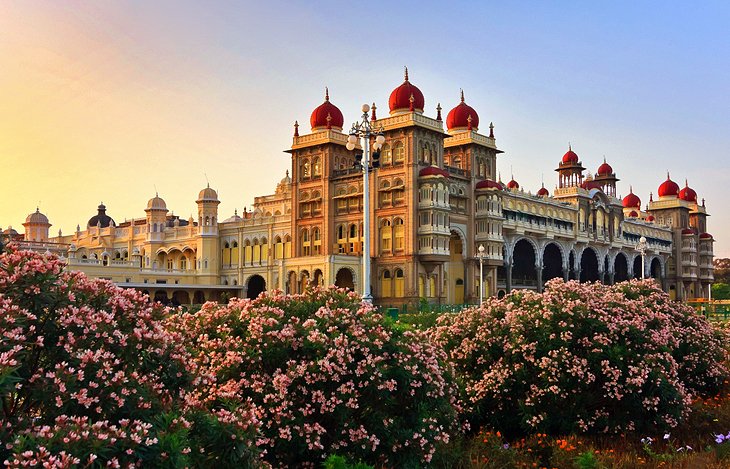India attractions and top destinations selection and Indian visa tricks! Seeing wildlife in its habitat is a goal for many travelers. A visit to Bandhavgarh National Park will not disappoint them. One of India’s most popular national parks, Bandhavgarh provides an opportunity to see leopards, barking deer, sloth bears, hyenas, and Indian bison and wolves, but Bengal tigers are definitely the star attraction, even though only 10 percent of visitors may see one. The best time to see wildlife here is early morning or late afternoon.
This sacred ghat is situated on the confluence of the River Ganga and Assi. The devotees bathe here prior to paying homage to a huge Shivalingam placed under a tree in close proximity to this ghat. The ghat is situated at the south of the city and therefore is less crowded. However, it doesn’t by any means indicate that the ghat holds any less importance than other ghats. Manikarnika is the main cremation ghat and is also reckoned to be one of the oldest ghats in Varanasi. It is also known by the name of Burning Ghat as the dead bodies are burnt here regularly. According to Hindu mythology, Manikarnika Ghat is believed to be the place where the ornament worn by Sati on her ear fell down when Lord Shiva was carrying her to the Himalaya. It is a popular belief here that those who are cremated here get Moksha.
India’s visa policy is constantly evolving and moving in the direction of increasing self-application and online channel. Visa to India was available only from local Indian Mission or Indian Embassy. This has changed with the pervasiveness of internet, smart phones and modern communication channels. Visa to India for majority of purposes is now available online. If you are planning to visit India, then the most convenient method is to apply online. India has several classes of Visa based on the reason the visitor is coming from, that is, their nationality and the purpose for which the visitor is intending to come. Find more info on Visa for India.
Construction of Hyderabad’s Mecca Masjid, one of the world’s largest mosques-and one of the oldest in India-began in 1614 during Mohammed Quli Qutub Shah’s reign and took almost 80 years to complete. Large enough to accommodate 10,000 worshipers, this beautiful mosque’s 15 enormous arches and pillars were each wrought from single slabs of black granite dragged to the site by huge cattle trains reputedly consisting of up to 1,400 bulls. Taking its name from the bricks above the central gate that were brought here from Mecca, this impressive complex features highlights such as its main gateway, huge plaza, a large manmade pond, and a room that houses the hair of Prophet Mohammed. Other notable features include inscriptions from the Quran above many of the arches and doors, the exquisite roof of the main hall, the cornices around the entire mosque structure, and the floral motifs and friezes over the arches.
Is India eVisa a stamp on the passport? Immigration officer will require only your PDF/Email printout and validate that the India eVisa has been issued to the same passport. India eVisa is no longer a stamp on the passport like conventional India Visa but it is an electronic issued copy sent to the applicant by email. In November 2014, Indian Government started the India eVisa / Electronic Travel Authorisation (ETA) and wound up operational for residents of more than 164 qualified nations, including the individuals who are qualified for visa on landing. The rundown was additionally extended to 113 nations in August 2015 ETA is issued for the travel industry, visiting loved ones, brief medical restorative treatment and business visits. The plan was renamed to e-Tourist Visa (eTV) on 15 April 2015. On 1 April 2017 the plan was renamed e-Visa with three subcategories: e-Tourist Visa, e-Business Visa and e-Medical Visa. See more details on www.india-visa-gov.in.
